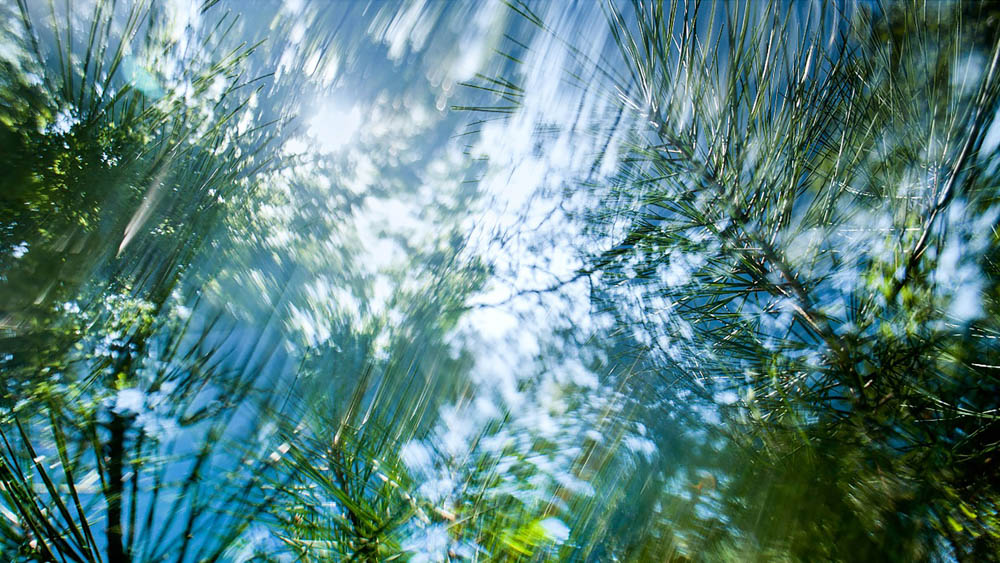
Courtesy Laura Fenwick (photo credit: Robby Klein)
Laura Fenwick is a 2012 graduate of NIU. She founded Fenwick Photo Arts in Nashville, Tenn. in 2013, “on the belief that art is the universal language of understanding, storytelling, mystery, and love. And, that each of those elements is paramount to a good day. Today, the company specializes in art partnerships, extended travel series, and building strong visual narratives for brands and social initiatives alike.”
Why did you choose NIU?
I was most impressed by the fact that Northern had both a really good art program and a really good business program. Almost every other school I was shopping–like the University of Wisconsin-Madison, University of Illinois, Northwestern, Ball State, Purdue, they had one really strong program and one that would just do the job. You could have a really good art degree with a little bit of business or a really good business degree with a couple of good studio classes. Northern had two very strong programs, and they weren’t mutually exclusive; it’s an incredibly rigorous thing to take on both programs, but NIU said, “if that’s what you want to do, we’ll work with you.”
I was also involved with the University Honors Program. That program was incredible because I had a program offering me one-on-one professor mentorships and early course enrollment, as well as a community — both socially and scholastically. Northern was kind of a no-brainer at the end of the day.
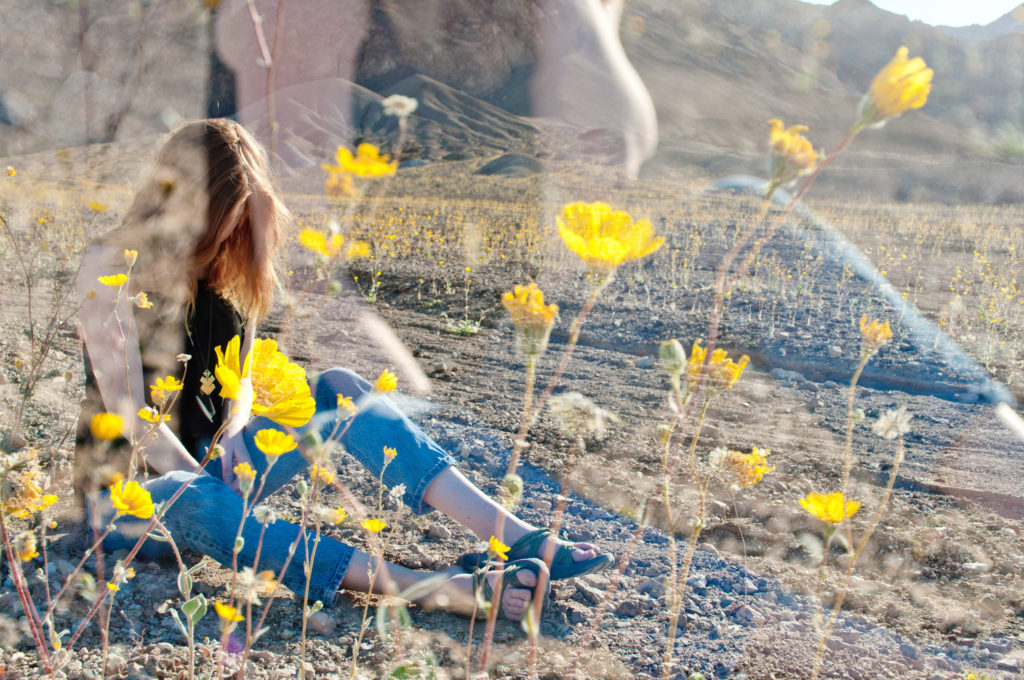
Courtesy Laura Fenwick
How did you get interested in photography?
It was a light bulb moment. We had these really ridiculous musicals every year in elementary school and each of them was themed. They weren’t fully scripted musicals — they were just grade-wide recitals for our music classes. When I was 10, the theme was “What I Want To Be When I Grow Up.” At the time I was thinking of becoming a fashion designer. My mom said, “I don’t know how to dress you as a fashion designer so we’re just going to dress you as an artist.” She found a smock and a beret and she was like, “This isn’t really reading. Let’s see what else we can do.” She had an old Nikon film camera that she put around my neck. It was like a tectonic plate shifted into place. I immediately knew this was what I was supposed to do for the rest of my life. It never shifted back. I was 10 and I was like, photography, done. And it’s never wavered for a second.
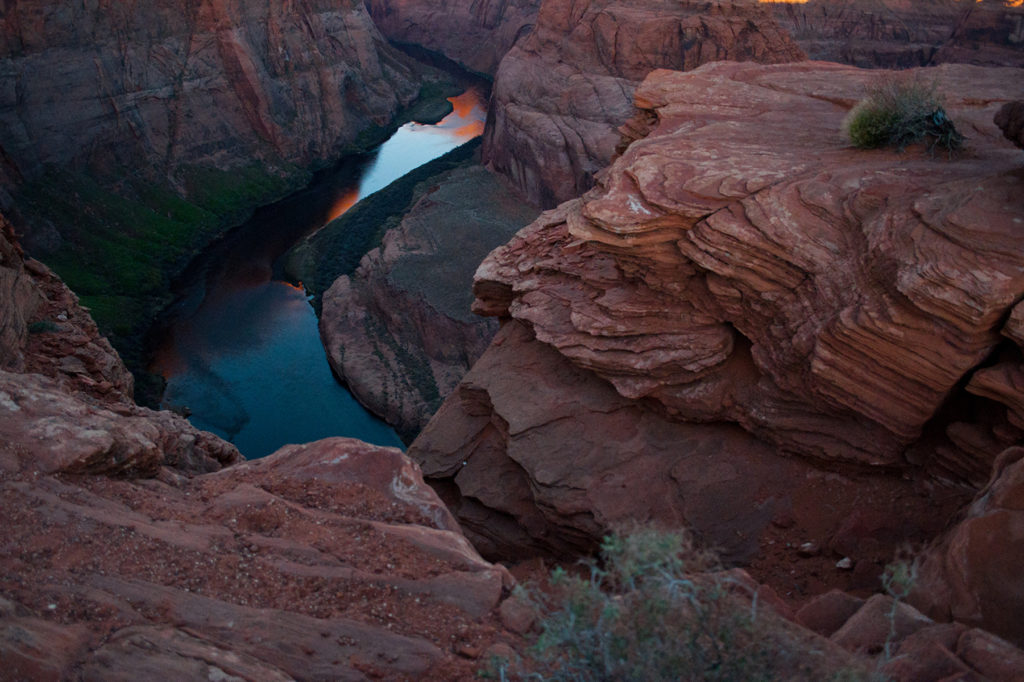
Courtesy Laura Fenwick
What did you study at NIU?
I have a BFA in photography and then I have a minor in business. Those course loads are super different. There’s almost no overlap at all between the required classes. At the time I was at Northern, the requirements for graduating were about 120 credits. For a BFA, it was recommended that you push those out over five years because of how rigorous the upper-level studios were. If you’re in an upper-level studio, it should be taking most of your time. In order to do the BFA in photography and a minor in business, my total course load over the four years was 160 credits. The business minor requirements were more than twice the average for other concentrations, and without overlapping the requirements of my major, it really added up. I felt like I got a very comprehensive education in my four years.
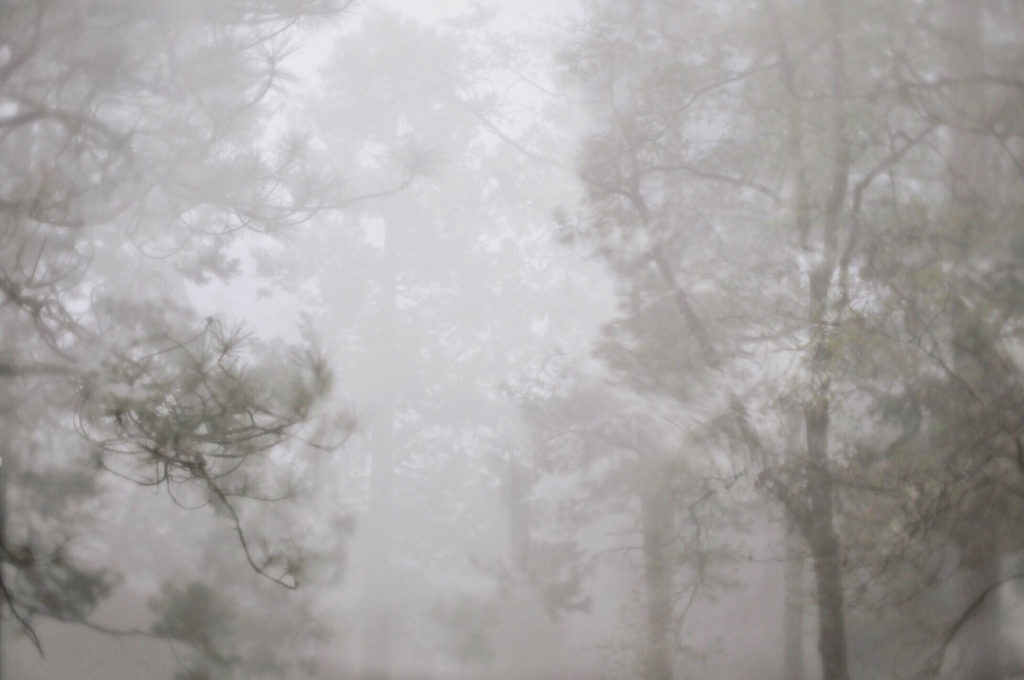
Courtesy Laura Fenwick
What do you remember most fondly about your time at NIU?
There are a few things. Foremost, the upper-level art studios. It makes my brain want to explode when I think about the art studios now because you have these environments where people are providing you with half of your materials and saying go find — or buy — the other half. They can be anything you want. Here are the qualifications for a good project. They’re pretty loose and you can play with it any way you want — just exhibit sound reasoning. And now, my brain lights up for that. When I look back at it, the level of creativity, the level of thought, the instantaneous feedback you’re afforded, that’s such a privilege. That’s an incredible opportunity.
Outside of studios, I think I just needed people who thought like me and the the University Honors Program definitely provided that. It was very academic, with very driven students who quickly became really close friends. Everybody just wanted to have a good time. When you’ve always been at the top of your class and you’ve always been the most competitive, it’s an easy thing to say, okay well, now what? Do you want to see if we can figure out how to get a bouncy castle approved to be in the dorm cafeteria? Which we did.
NIU also offered mentorship dinners every year. The NIU Alumni Association and the NIU Student Association teamed students with distinguished alumni who were in your field. My senior year my mentor was so impactful — her name is Lisa Frost. She and I have stayed in touch and continue to be very good friends. The way she thinks about art and business is so substantial to me because we have a considerable amount of overlap, so I always feel entirely understood. But there’s enough space outside of that overlap where we’re always bringing each other new concepts to consider, so it’s constantly expansive. I feel so grateful for that relationship and it’s completely because of Northern that we have it.
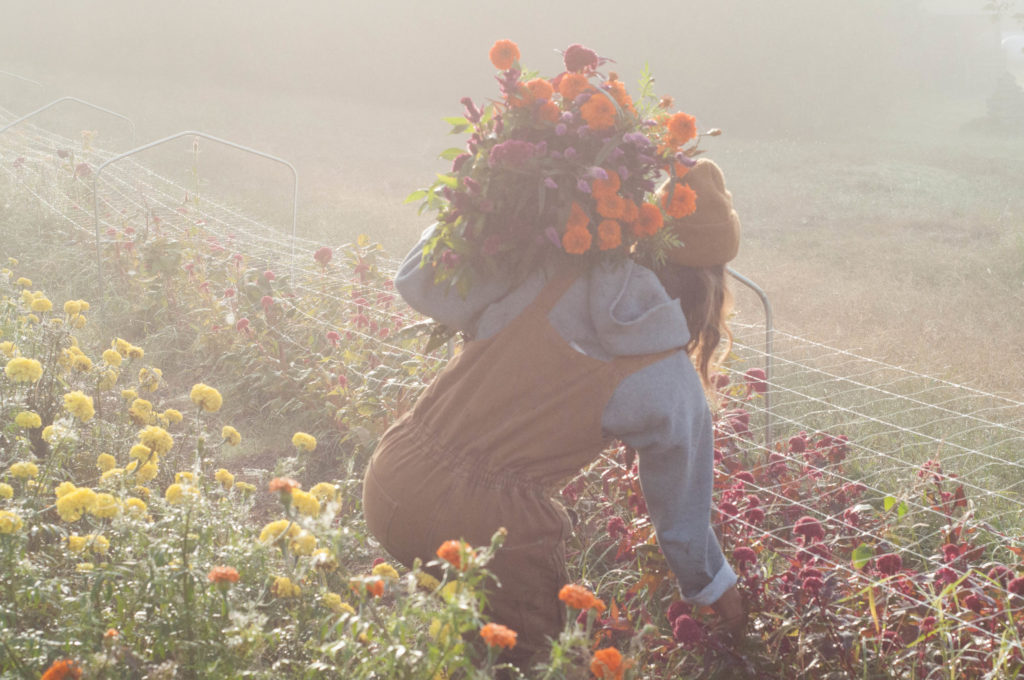
Courtesy Laura Fenwick
What did you do right after you left NIU?
Ten days after graduation I moved to Italy.
My finances were my own, but I wanted to figure out how to travel. So, I got a job teaching English to a family. I was hired, technically, as an au pair. But the title of au pair is very specifically for childcare and I was only teaching English. I was in a tiny little town halfway between Nice, France and Genoa, Italy. I had never left the US before and moved there for three months. It was unbelievable. It felt like a secondary education from which I graduated. Then I came back to the US and started putting all the pieces together from travel and undergrad into the life that I wanted to create here.
I took a brief stopover in California to see my sister, and from there I flew to Nashville. I had been here before, really liked it and had researched it among a few other cities as prospective new home bases. I thought, if I can be in Nashville for six days, find a place to live and find a place to work, I’ll move. So, I flew to Nashville, was here for six days, found a place, signed a lease, got two jobs, flew back to Illinois and said, “Okay, in two weeks I’m moving!” And that’s what I did.
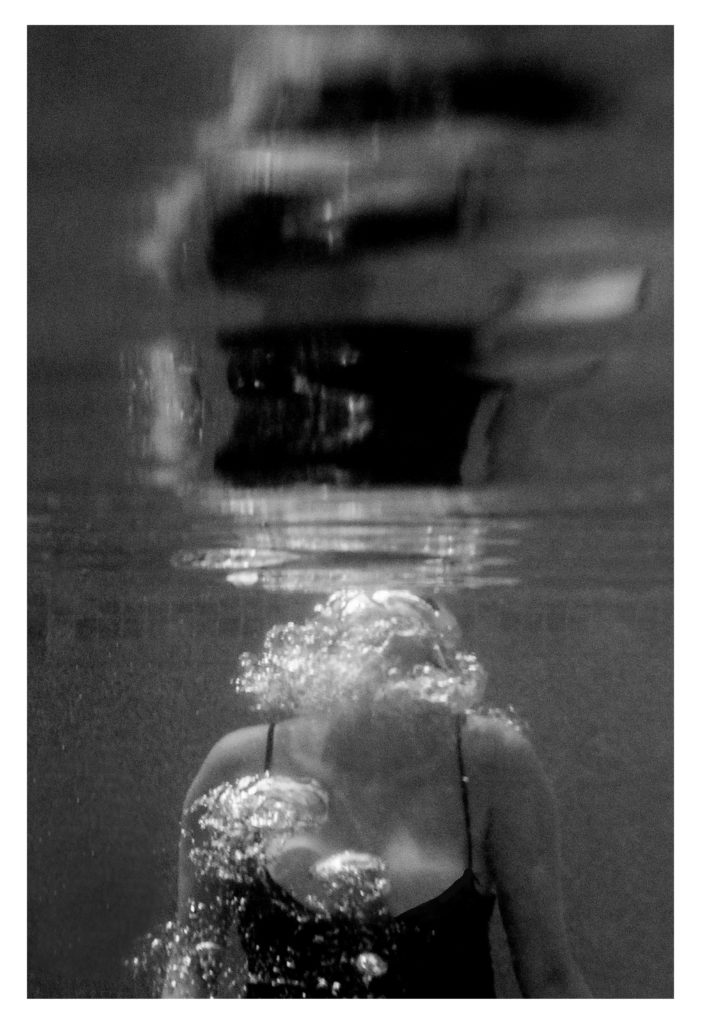
Courtesy Laura Fenwick
How did you start Fenwick Photo Arts?
I was working two jobs when I moved to Nashville, which then snowballed into three jobs and was also doing photo shoots in my spare time. My goal was to work as much as I could, and pay off my student loans as fast as possible. It turns out that if you do that constantly for about a year you can really burn out.
So, I was doing shoots on the side and had opened an LLC just to be functional and have a tax filing capacity. I wasn’t opening a company so that I could go full-time. The plan was that I would just be really professional with the way I managed all of my invoicing and that maybe over time, I would step into a full-time capacity. But I had that conversation in September and started my company, and in December I went full-time. which is another great example of how I tend to throw myself into the deep end.
I had been tending bar and waiting tables at a couple of different places and was doing floral design at a flower shop all day. So, I took a leave of absence from the most profitable restaurant job, quit the other two, and within two weeks knew what I needed to do. I put in my notice with the other job and just stepped into full-time with photography. It was terrifying. It was so personal. Art is always personal.
Making art for a living is kind of like being in public without your skin on. And then people have commentary on it and that’s horrifying, but you’re also supposed to be okay enough it that you can scale it as a company. I had to figure out exactly who I wanted to be as a photographer and exactly who I wanted to be as a businessperson. You have to own it. You just have to strut and know what you’re doing and hope that you’re doing it well, but know that you’re doing it the best that you can.
How do you define your commercial work?
I do travel and brand marketing campaigns with companies who are all currently in the one million dollar annual revenue bracket or higher. I concept and shoot their visual campaigns and content for use in six, 12, and 18-month marketing strategies.
Most of that takes place within travel. It’s largely companies that are outdoor brands, environmental non-profits, or adventure companies — or have those characteristics embedded in their ethos or lifestyle. It facilitates an enormous amount of travel, some of it international. Everything is a mechanism of a marketing campaign for a brand. But within that there is also a lot of room for creativity and for artistic opportunities because I kind of speak up for it with my clients. I insist on it.
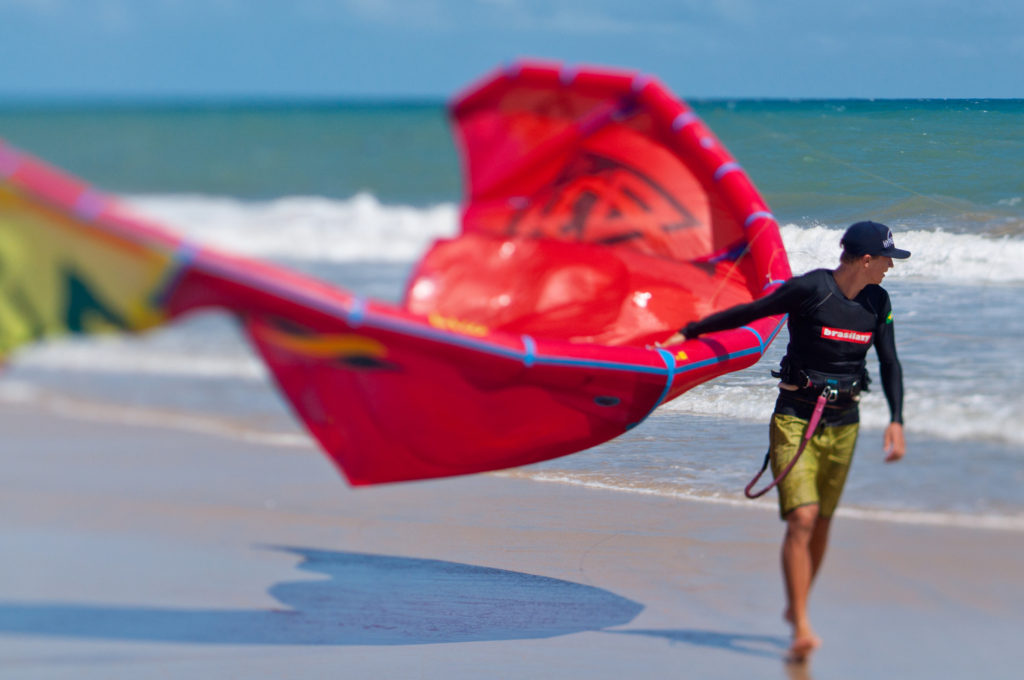
Courtesy Laura Fenwick
What do you like best about your job?
I think I’m just incredibly fortunate. I’ve worked my butt off, so I don’t feel like I’m lucky. I hate when people say, “Oh, you’re so lucky to have your dream job.” I feel like, okay, work wildly long weeks for five years and then tell me how lucky you feel. But I do really feel fortunate because I get to flex my creative muscles as often as I want to while working with companies who can circulate art, oftentimes, to an audience that’s much broader than I can access or chose to access and it pays me. I get to work with companies and say, you should really do this fantastically cool project and here’s specifically why.
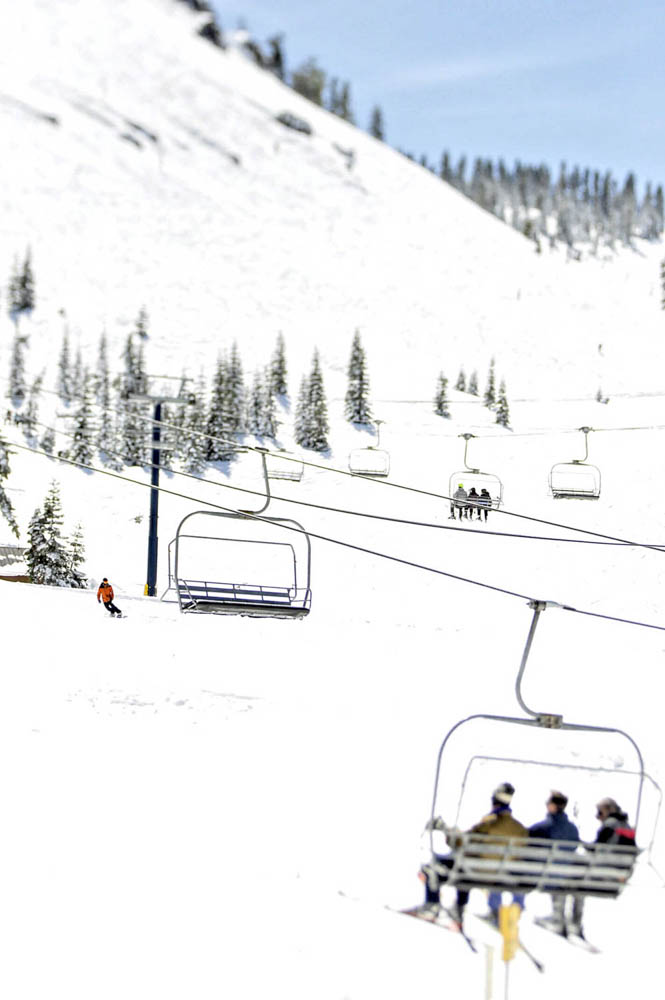
Courtesy Laura Fenwick
As your career and business evolve, do you have a sense for what’s next?
I think I’m excited about the fact that traditional photography companies are more and more eager to partner with me to make my work more functional and to embrace it. I don’t just have to reach out to corporate clients and say, “I think we should be doing work together.” There are photography manufacturers who are stepping up and saying, we want to make sure your work is doing everything it can because we love it.
I had a partnership with a lens company and they said, “you’re using a lot of our product, and your work doesn’t look like anything that we’re seeing right now. So, let’s collaborate.” The head of marketing sent me an email that said, “Here’s our entire catalog, what are you interested in?” I wrote back, “Do you want me to pick my favorite one?” And she said, “No, just circle everything you’re interested in.” Then she sent me everything I’d circled and told me to go and shoot for six months and just make anything that I wanted and send them some of the proofs. If they liked them, they’d license them into their marketing campaigns, lens masters portfolios, and market exhibits. After six months, they said, “We want you to do that for another six months.” And so, they sent me more lenses. It’s relationships like that I find incredibly exciting — where it’s companies saying you’re already doing it and you’re doing it better or differently than anyone else we can find. Let’s talk so we can collaborate, and can both continue to benefit.
What’s the most challenging or frustrating part of doing travel photography?
Travel’s not really glamorous. It feels so glamorous when you’re maybe 24, but everything felt glamorous to me when I was 24. It used to be that my favorite place in the entire world was an airport. I loved them. There was nowhere in the entire world that was more exciting for me. Now, it feels like a normal Tuesday and it’s not so sparkly. I think the most frustrating thing about the travel is just that so much can go wrong. You’re not in a studio, you’re not climate controlled, and you have a 12-hour permit to get it right.
So, you’re looking at a shoulder bag full of lenses and tools and looking at the teams and the models and saying, “Okay. We’re doing it.” The light is gross, we’re outrunning a storm, the airline delayed luggage: whatever, things go wrong. Within this very structured contract that we have all signed, how are we going to make it perfect? How are we going to do this job so that it’s delightfully unexpected instead of kinda sorta successful within this very unfortunate environment? It’s constant, quick, creative thinking and hoping you can always make something that’s even better than anticipated despite the odds. The odds are always sort of stacked with travel. But, I still believe it leverages the best creative work possible. Nothing is more kinetic.
Finally, is there anything you didn’t learn while studying art at NIU that would be beneficial to pass on to current students?
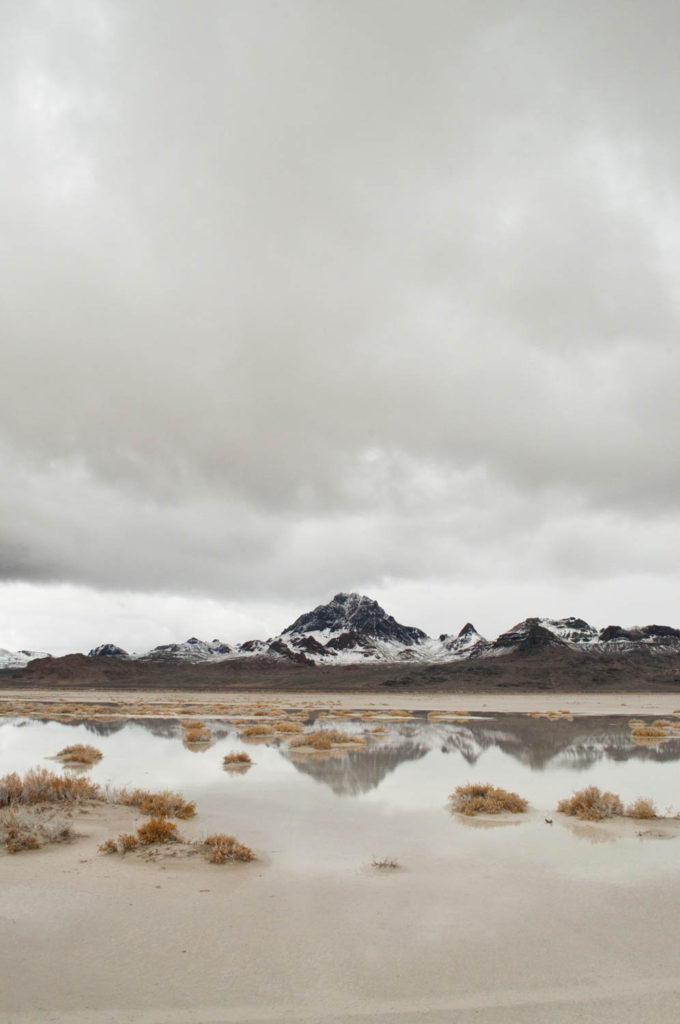
Courtesy Laura Fenwick
I think we need to teach young artists the process of identifying where creativity comes from. We are encouraged as creatives to build work that has feeling. But if you don’t know how to figure out where your creativity lies, for the most part, the feeling you’re making from is some sort of pain. It’s available and you want to be talking about it and you want to turn it into something.
So, without meaning to, a lot of artists cultivate and maintain pain. I was really fortunate that my BFA Capstone Project — the kaleidoscope photo series I made — was all about perspective and how you can psychologically shift your perspective and how you can figure out how to control it. It started this conversation where I wanted to know what my perspective was on everything all of the time. I was kind of surprised to find out as an artist that I was an optimist. My perspective was always rooted in joy and in hope and in changing the way that I looked at things so that maybe they could look better. As a professional artist, I’ve been so grateful for that because I don’t have to maintain anything that’s unwell in my life so that I can prosper professionally.
I just hope that while artists are in the very safe environment of an academic studio system, there can be some kind of conversation about what happens creatively when you allow yourself to be completely embodied by one emotion at a time. If you’re having a very happy day what kind of art are you making? If you’re having a very, very sad day what kind of art are you making? Identify and isolate those feelings: melancholy, go; ardor, go; frustration, go. Then, where are the consistencies in that art? If you’re having just a pretty normal day, you can look at those consistencies and say that’s where my creativity is and know it’s there. It has the highlights of this emotion and the gravity of this emotion and I always choose these same elements for my pallete without realizing it, and I can make great art now regardless of where my feelings are.
That’s healthy and renewable and sustainable, and your art won’t make you suffer anymore.

